Meeting Recap: Tradition and Innovation – a Contradiction?
Video recordings of lectures are available to members immediately (using your membership password), and the general public with a 2 month delay.
Andreas Strehler, Watchmaker and Owner of UhrTeil AG
December 3, 2018
Tradition. Innovation. These are words to describe what makes a brand stand out and signify what they stand for. And yet, those same words become rather intriguing when they are presented as being in conflict instead of complementary.
In the final lecture of the year at the Horological Society of New York on December 3, 2018, Andreas Strehler, Watchmaker and Owner of UhrTeil AG, contended that watch brands need to reconsider their notion of tradition and innovation if they want to remain relevant to current and new customers.
Tradition has a lot to do with history...
Strehler stated that the main goal of tradition is to maintain value - not just monetary value - but historical and technical value. The risk of too much tradition would lead to market saturation, lack of creativity within the brand’s collection and being out of fashion in the eyes of evolving customers. This conundrum was clearly illustrated by images of 28 gold clocks that differed by either a steeple or a dome.
Innovation applied to a traditional watch
Like with most topics, it all depends on how you choose to look at a situation.
Innovation Advantages: The creation of solutions for existing problems, new functions and increased reliability.
Innovation Disadvantages: New problems can arise, for example a drop in value if it becomes typical to each brand and is only repairable by replacing parts. Strehler referenced the 2006 Patek Philippe and the 2017 Tissot to illustrated such dilemma. He also provided an anecdote when he experienced a restoration issue on a 1940s Rolex. The company no longer had the part necessary for Strehler to restore the timepiece and in the end, he had to make the part himself. There were also examples of applied innovations to traditional watches such as the lever escapement and innovations that did not increase value, i.e. silicon escapements. Metal can be re-bent and polished - not so much with silicon.
In regards to being owner and watchmaker of his engineering and production company UhrTeil AG, Strehler embellished on his six-point approach on how he intends to keep his watch brand relevant. One of the approaches is to have “all documentation conserved for future watchmakers”. He strongly believes that the only way his brand can outlive him is to make sure that watchmakers know how to repair his specific timepieces, with the help of thoroughly documented phases of a timepiece’s life.
HSNY thanks Andreas Strehler for his lecture!
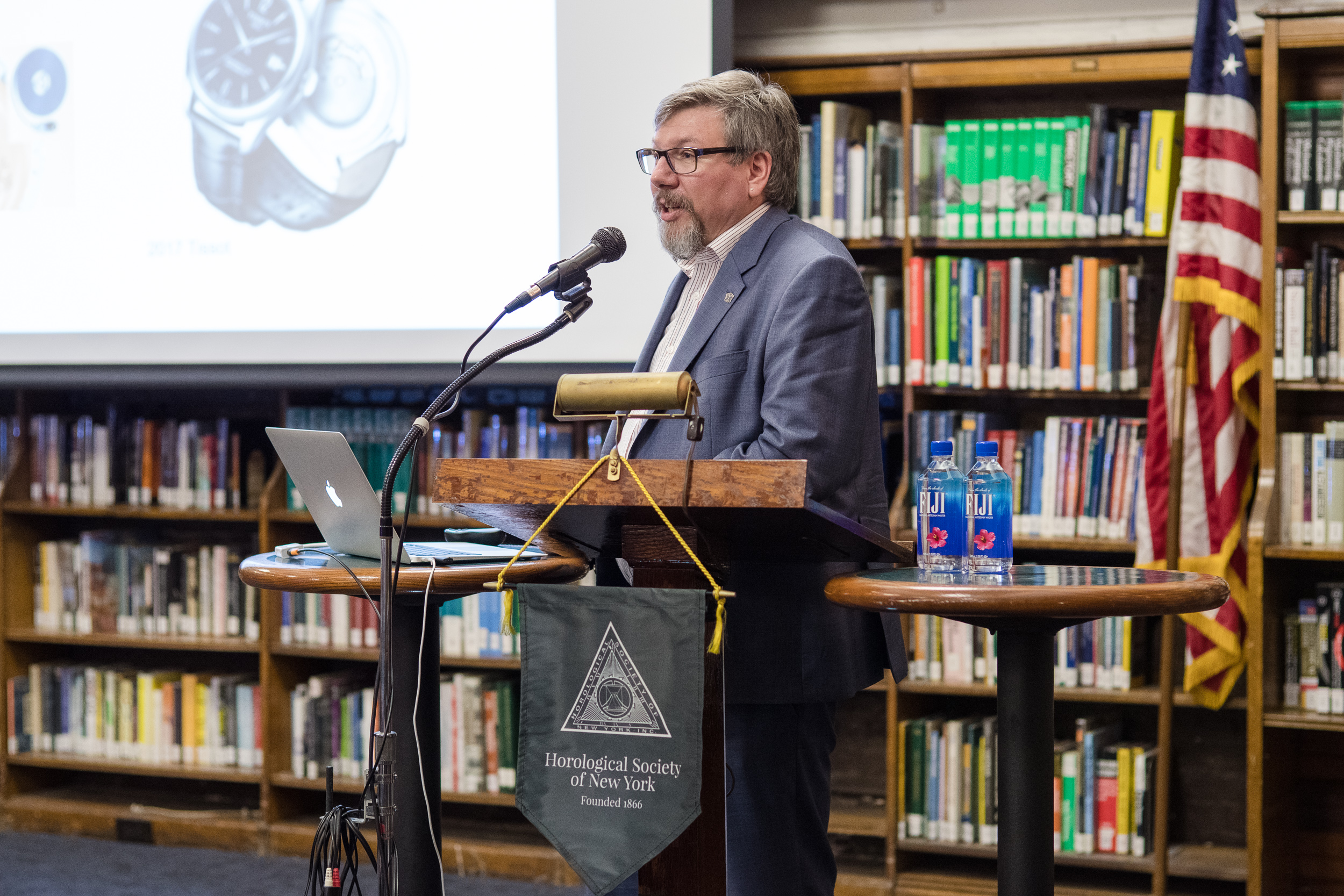
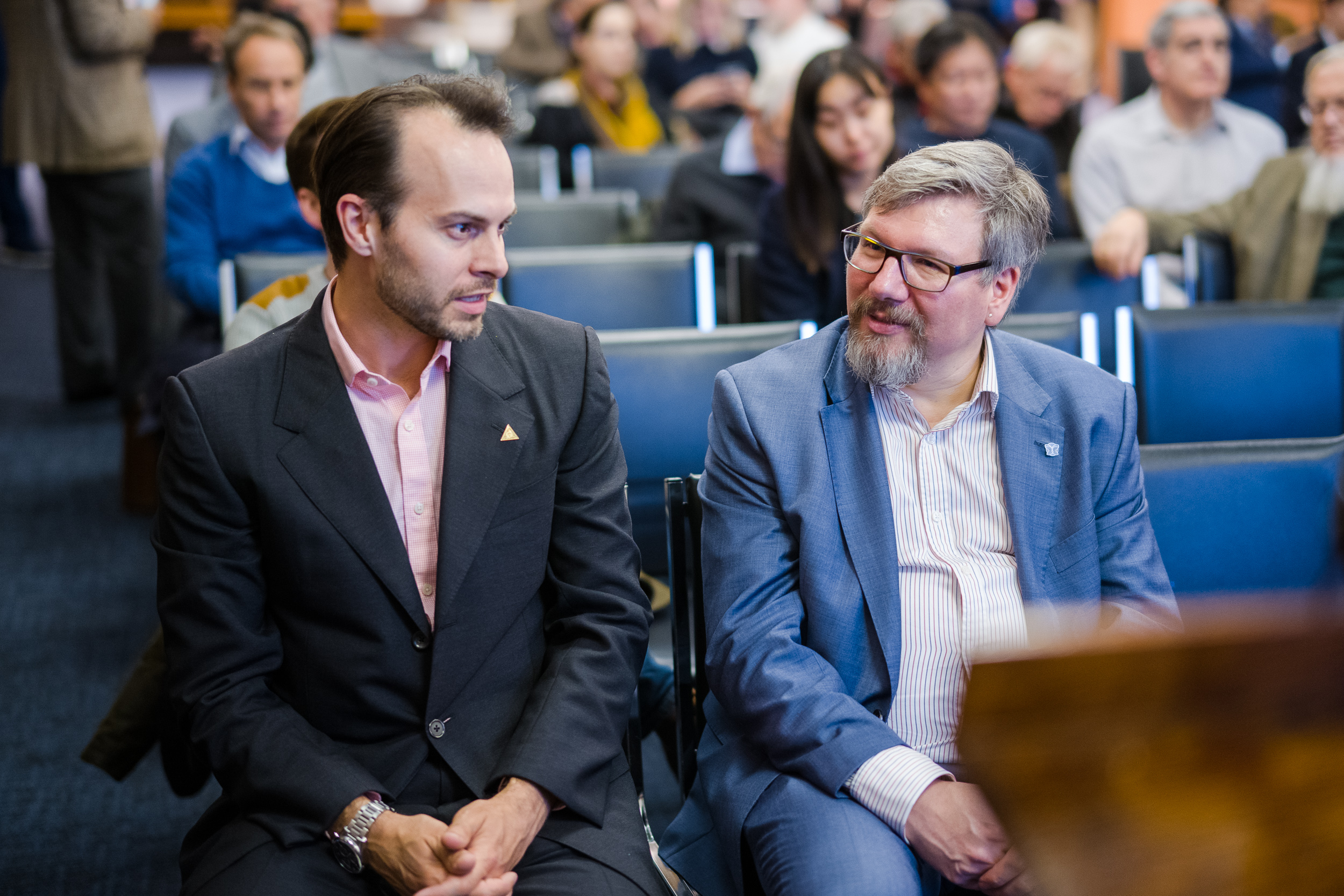
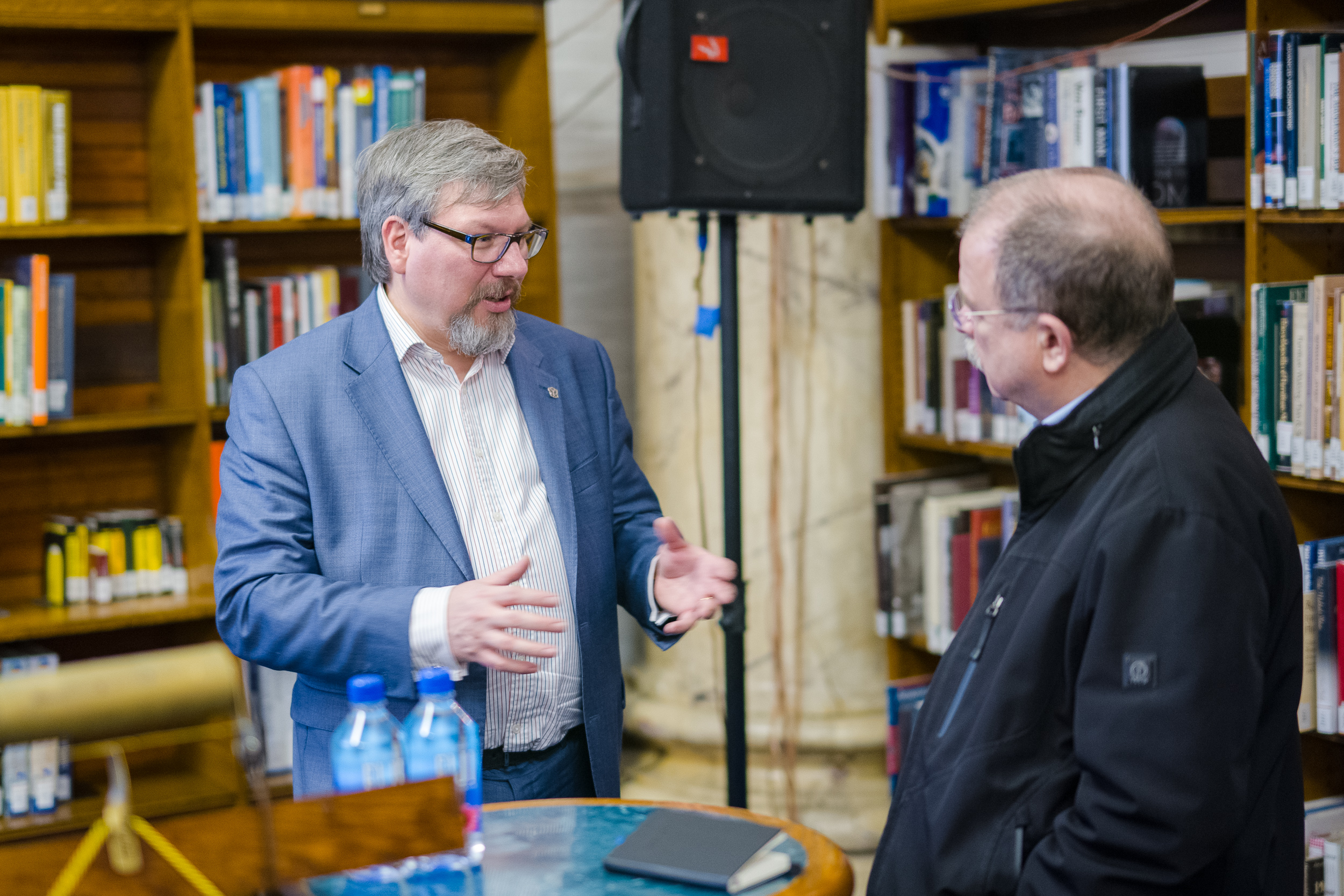
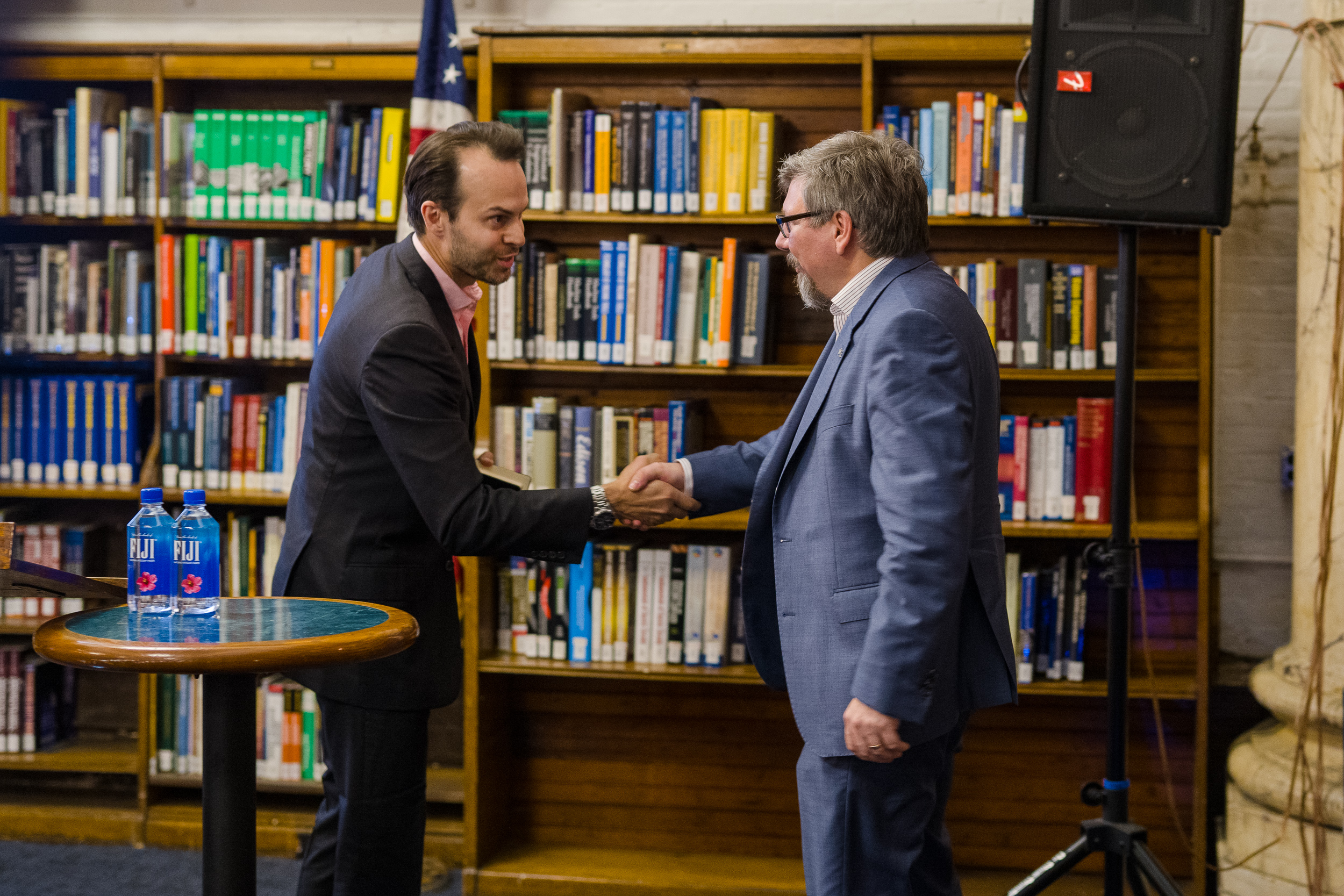

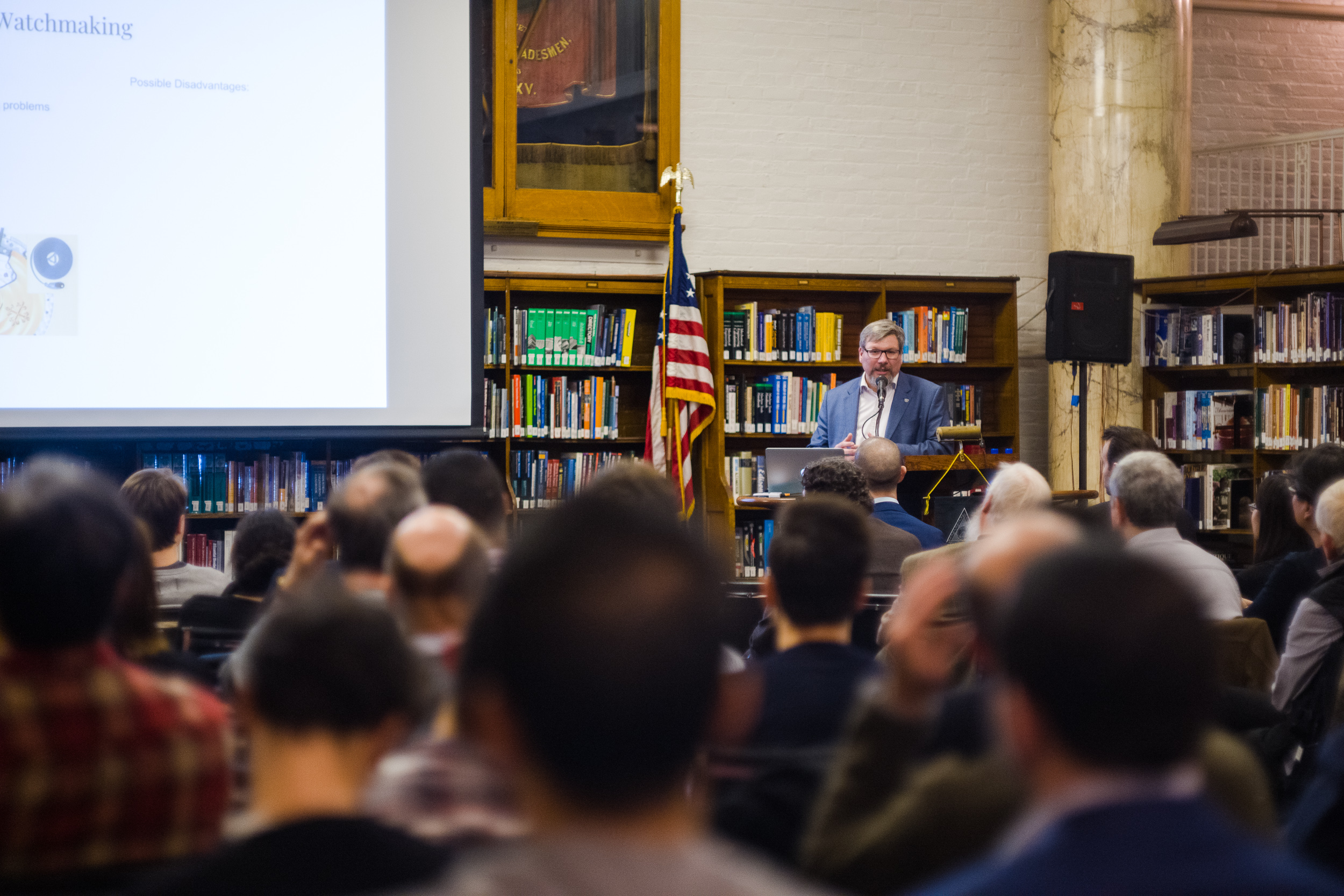
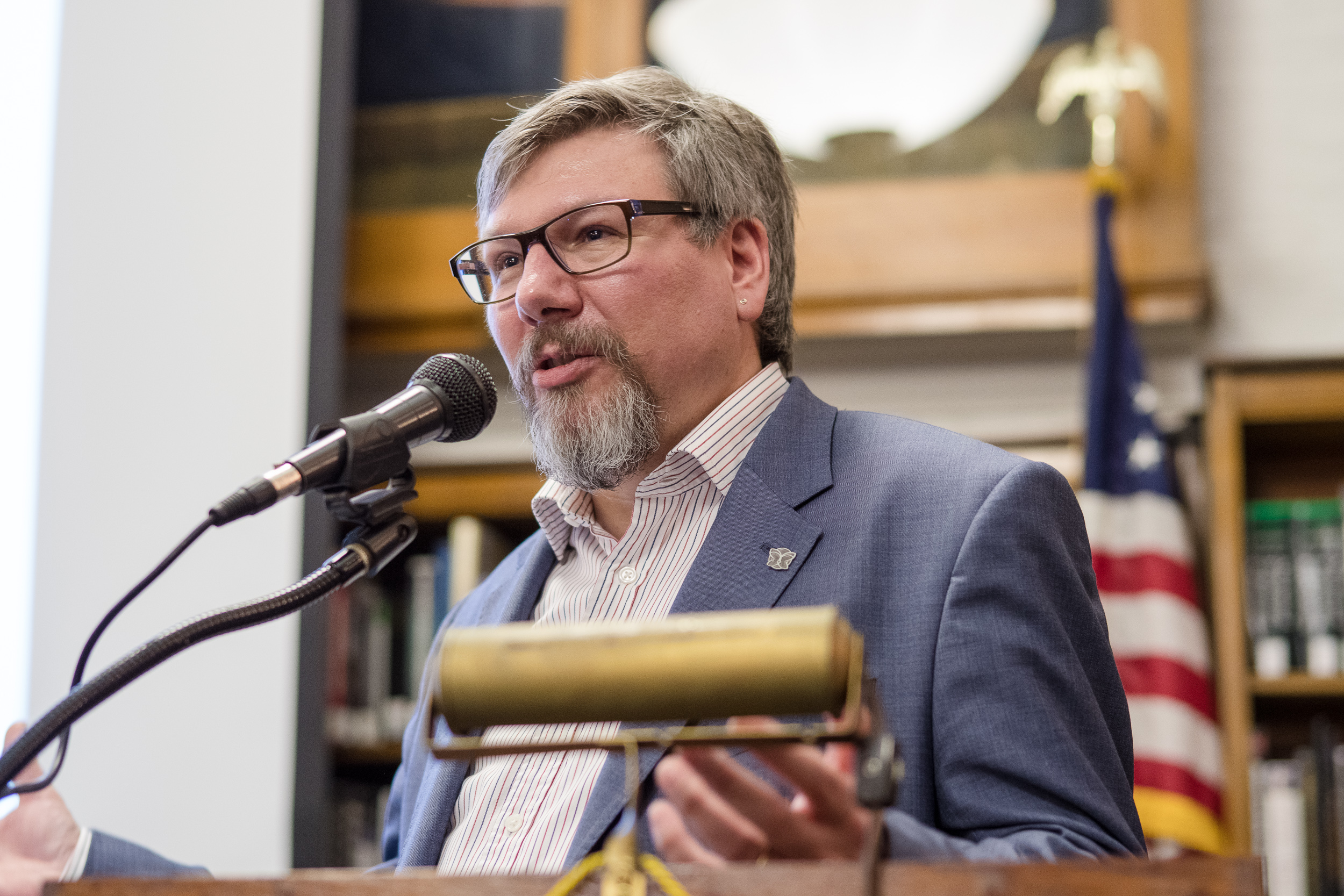
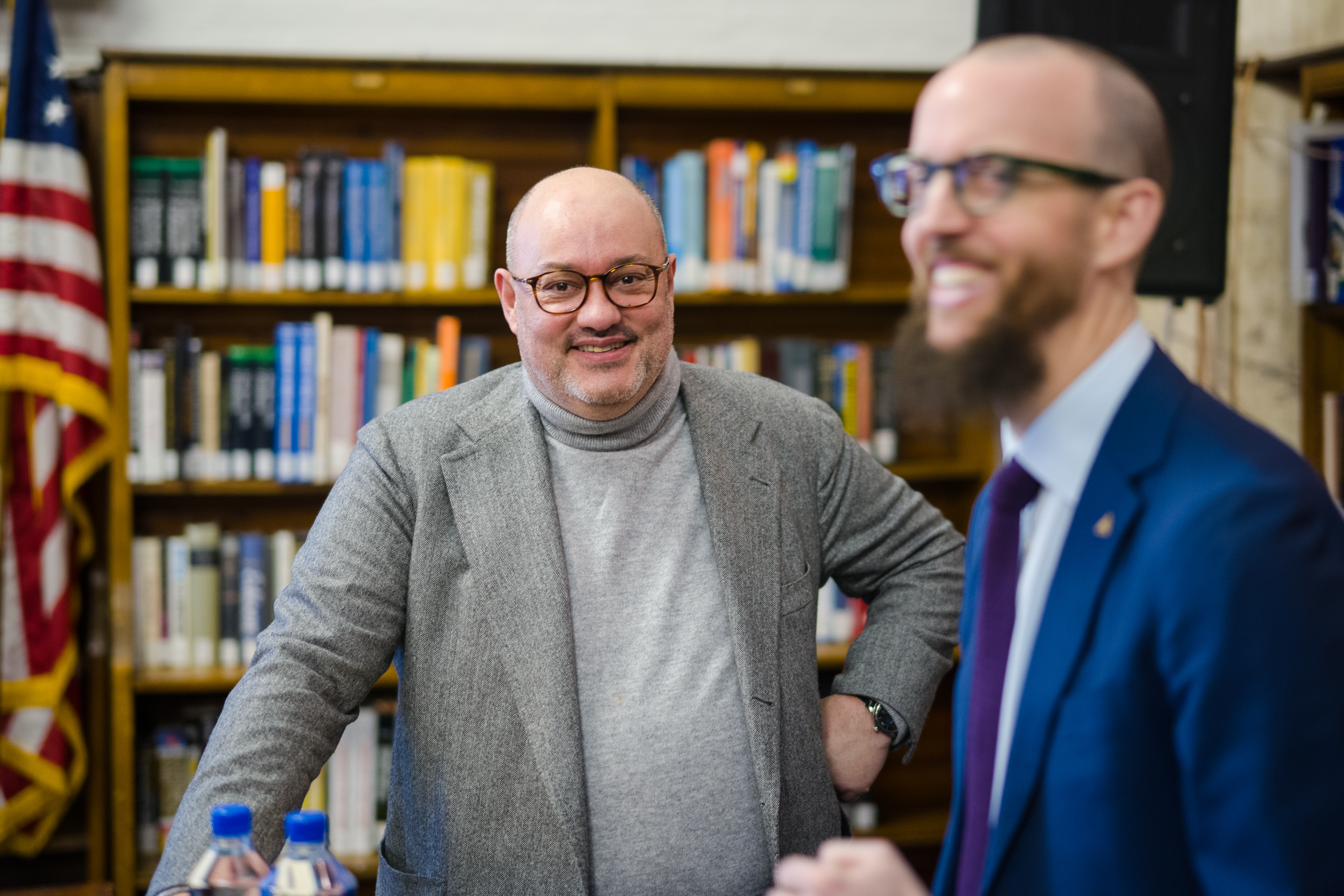
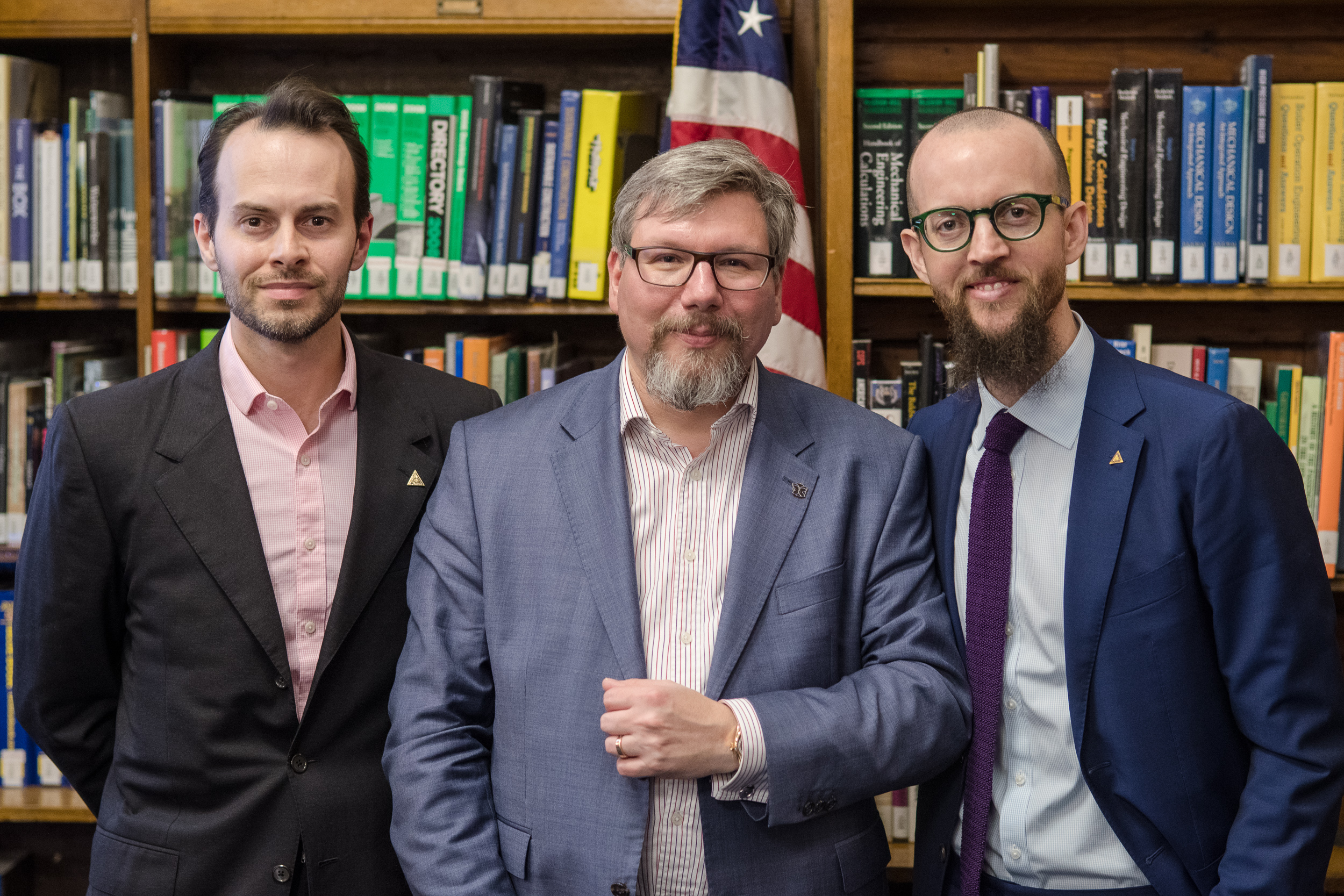
Photography by Atom Moore
Submitted by Melody Benloss, HSNY Librarian